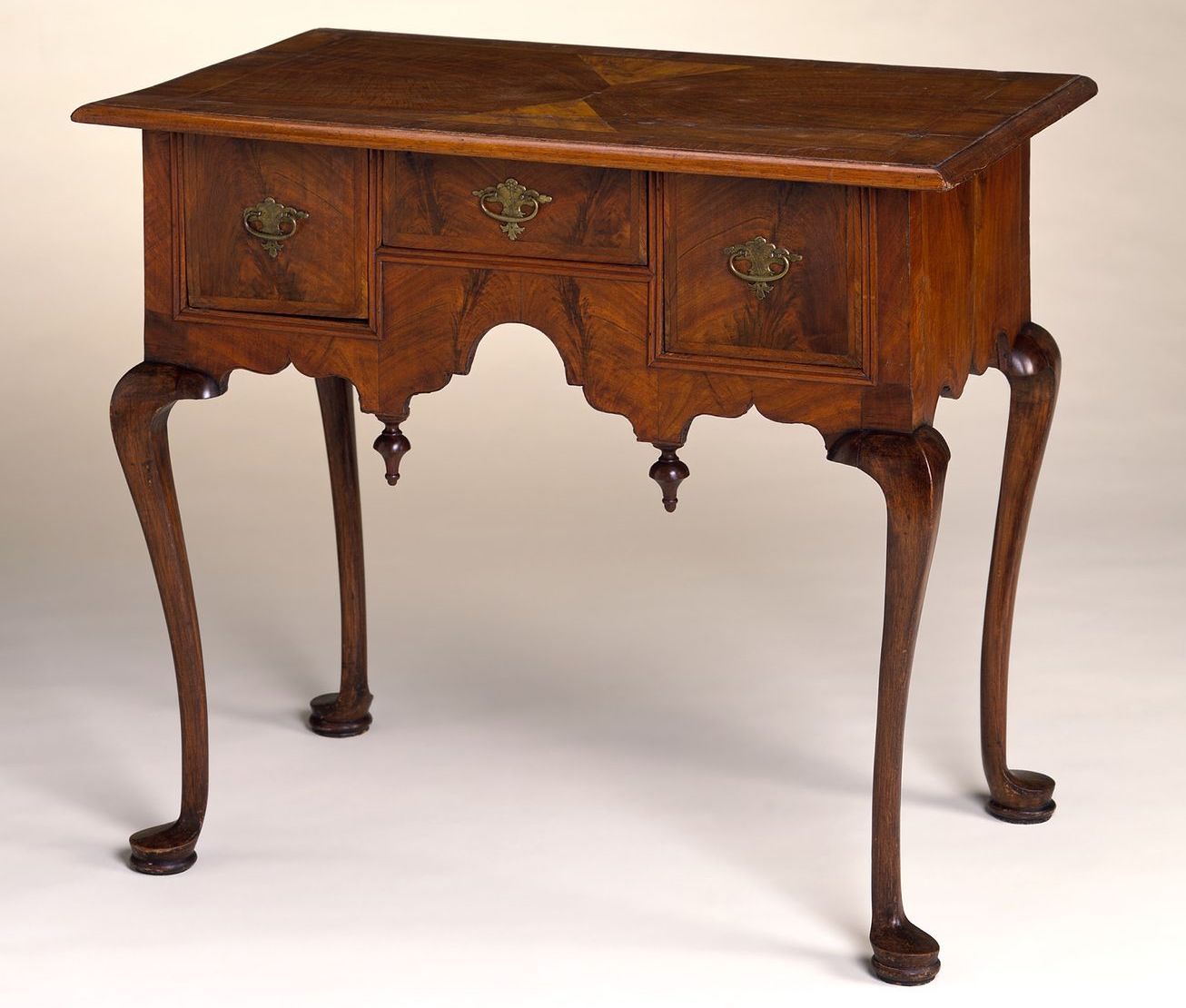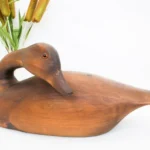
Open Daily 10am - 5pm
12,000sq.ft. of amazing items!
Free and easy parking!

It will hardly come as news to readers of this column that Palm Springs is the land of mid-century modern. Old and new, large and small, we see it everywhere but it wasn’t always thus. There was a day when so-called “brown” furniture was the standard of the land, and it remains so in many other parts of the country. While Victorian era and earlier furnishings are out of favor here in the valley, there are still pockets of enthusiasts for this most elegant look. One such style is Queen Anne furniture. Let’s take a peek.
First of all, the name stems from the reign of Queen Anne over England, Ireland, and Scotland from 1702-1714. Among her other accomplishments, those three countries combined to form the United Kingdom during Anne’s tenure. Prior to this time, furniture tended to be straight line, heavy, and overly ornate. Although still very formal by today’s standards, Queen Anne designs are characterized by a grace and timelessness not seen heretofore. Another favorable element appreciated by many was its attention to comfort. During this period, well cushioned seat bottoms and ergonomic chair backs began to see the light of day.
Once it appeared, Queen Anne designs spread quickly across the pond to become the rage among the colonial landed gentry. Boston evolved into a manufacturing hub for such furnishings, but the style didn’t last long. By the middle of the 18th century, the Georgian look led by Chippendale had emerged as the trend de jour. Nonetheless, Queen Anne innovations have influenced designers ever since. Of course, not long after that we had the Boston Tea Party, Revolutionary War, and a long decline in classic furniture design resulting in, well, IKEA. But all that is another story.
How can you tell a Queen Anne piece when you see it? The choice of wood is an initial indication. Rather than the more rough-hewn oak and pine of later styles, Queen Anne furniture almost always incorporated premium fine-grained woods such as cherry, maple, and walnut. These original woods were all pre-plantation grown, thus resulting in weightier pieces than what came later. Many designs also included so-called “S”-curves in leg or chair back, imparting a softer flowing look previously unseen in home furnishings.
While baroque ornamentation was generally not a part of Queen Anne trim, designers of the day occasionally introduced a delicate shell inlay more often associated with Asian furniture. This “Japanning” was intricate work, often involving hundreds of individually cut pieces set into the wood and then shellacked to glass-like smoothness. These flourishes often included the people and animal figures more typical of Asian furnishings but the use of shellac rather than lacquer gave it a different finish.
Soft rounded feet known as pad feet was another element common to the period. Often these feet can be found underneath a more traditional claw foot overlay.
Rather surprisingly for 200-year old wood furnishings, quite a bit of Queen Anne furniture has survived, mostly in the form of high boys, side tables, and chairs. Contemporary makers such as Ethan Allen still offer many Queen Anne designs of fine quality. Original pieces turn up with regularity at antique stores and auction houses, and pricing is a fraction of what it was 20 years ago. Any regular watcher of Antiques Roadshow on PBS will already know quite a bit about Queen Anne and the things to look for to ensure authenticity. If you’re a traditionalist and want to return to the look of your ancestors, now is a great time to buy.





We’ll email you about the latest events, sales, and general store updates.

Our antique gallery is located just south of downtown Palm Springs, with free parking and air conditioning throughout.
Open Daily: 10am – 5pm
505 E Industrial Pl.
Palm Springs, CA 92264
© Copyright Antique Galleries of Palm Springs 2024